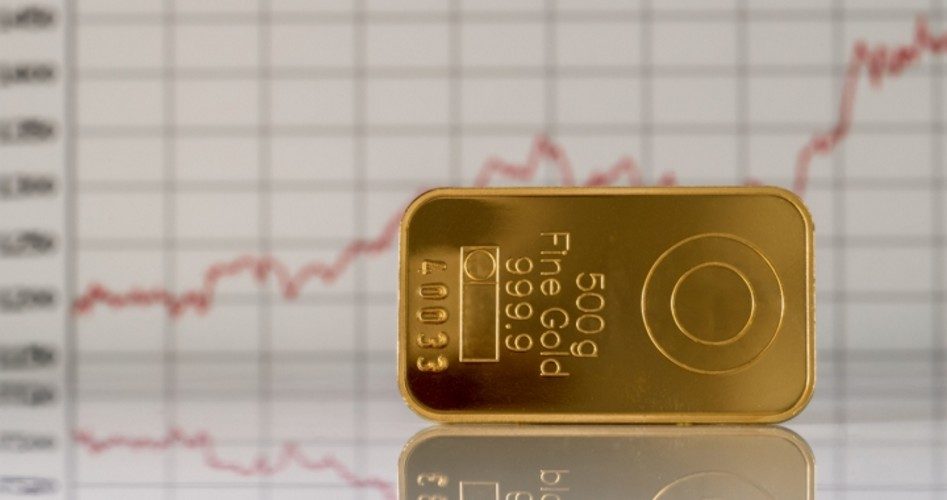
Prices for goods and services at both the producer and the consumer levels jumped far above forecasts in July. The CPI jumped 0.6 percent (an annual rate of more than seven percent — double the rate economists had predicted and the biggest monthly jump since 1991), while the PPI clocked in at 0.8 percent (an annual rate of nearly 10 percent).
Are these harbingers of the coming tsunami of price increases based on the huge jump in the money supply reported by the Fed? Or are they just a blip on the screen, as Bloomberg’s Conor Sen suggested?
Sen tried to soothe concerns, writing that these reports don’t “mean America is turning into a hyperinflationary failed state, where people trade cash for used cars to maintain their purchasing power.” Instead, he intoned, “We should be confident any inflation (i.e., price increases) we’re experiencing right now is temporary.… It’s not a real worry at the moment.”
One should look not at the price of clothing, airline tickets, or gasoline for the answer, but rather at what’s happening with commodities such as gold, silver, and crude oil.
In the last 90 days, gold has jumped from $1,716 an ounce to $1,946 an ounce, an increase of 13 percent. Silver has moved in that same period from $15.67 an ounce to $25.90 an ounce, an astonishing leap of more than 65 percent. Crude oil has likewise flashed an early-warning signal, moving from $25.29 a barrel three months ago to $42.72 a barrel at this writing — a jump of nearly 70 percent.
To confirm that these aren’t just rebounds from unnaturally crushed commodity prices thanks to the COVID shutdown, one should look at what the engine of inflation, the Federal Reserve, is reporting. Its most useful measure of the supply of money in the economy has increased from $15.4 trillion on February 24 to $18.3 trillion at this writing. That’s an increase in the amount of cash, checking-account money, savings, and short-term CDs in the economy of nearly 20 percent.
And there’s more to come. As The New American reported earlier on Wednesday, “The path of least resistance [to manage the towering national debt] is gradually to reduce the purchasing power of each future dollar owed so that the obstacle can be shrunk. Given sufficient time, those future dollar-denominated debts can be paid off with mere pennies.”
It’s deliberate. It’s intentional. The Fed has in fact announced that it is jettisoning its goal of limiting inflation (at the retail level) to two percent a year. It sees what’s coming, if the average American consumer does not: There’s no way the U.S. government can service the mounting national debt except by cheapening the dollars with which to pay it off. The consumer is caught in the crossfire.
The question used to be, how soon before the massive creation of new money shows up as price increases at the consumer level? Now the question is, how fast will consumer’s dollars lose value through those price increases just now showing up at both the producer and consumer levels?
Image: VladK213/iStock/Getty Images Plus
An Ivy League graduate and former investment advisor, Bob is a regular contributor to The New American, writing primarily on economics and politics. He can be reached at [email protected].
Related articles:



